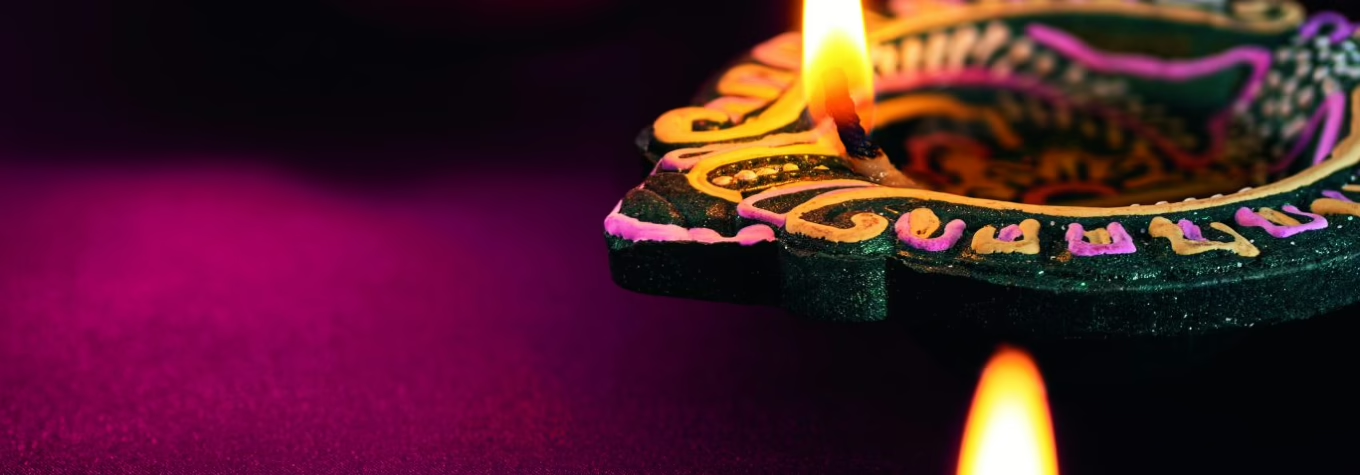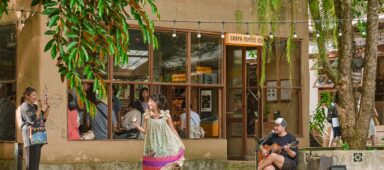Words Dharm Navaratnam Photography Mohd Fazlin Mohd Effendy Ooi, 123rf
Steeped in history, Diwali has its roots in the Hindu celebration of the triumph of light over darkness.
In the lead-up to the auspicious day, houses will be spring-cleaned. New clothes will be bought and small oil lamps lit, especially on the eve of the festival. The morning usually starts early with an oil bath. After getting dressed in new clothes, devotees are off to the temple to offer prayers before returning home to celebrate with family and friends. This is Diwali, more widely known as Deepavali in Malaysia.
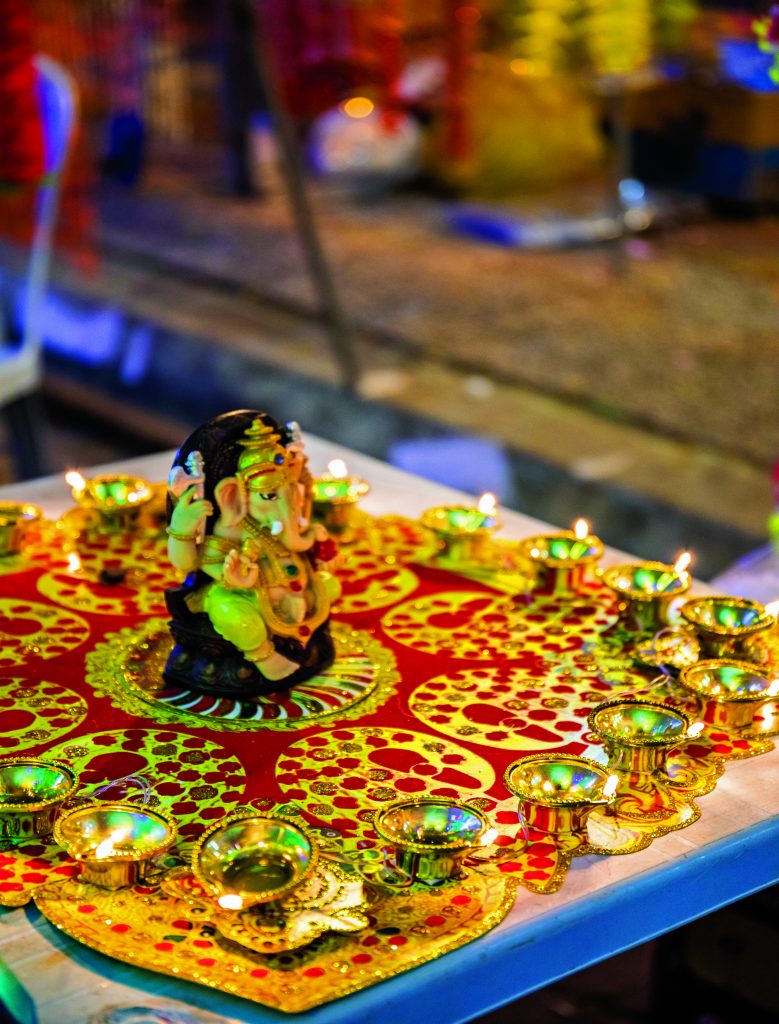
Traditionally called the Festival of Lights, this is one of the major festivals celebrated by Hindus all over the world. The festival marks the victory of Good over Evil, of Righteousness over Treachery, of Truth over Falsehood, and of Light over Darkness. It is sometimes regarded as simply being Illumination, both outward and internal.
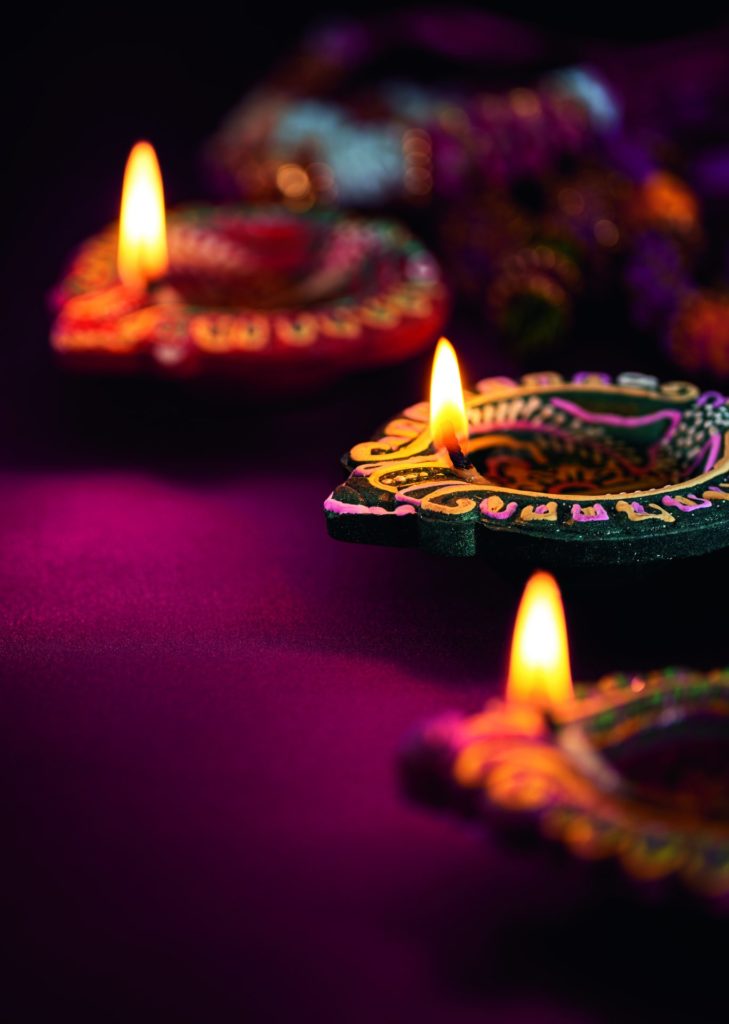
There are many mythological stories associated with the origins of Diwali. The simplest is that there was once a demon called Narakasura, who was covered in dirt and filth. He not only terrorised the people but used to kidnap fair maidens. Out of fear, the people had to stay in the dark. The deity, Lord Krishna, was approached for help, and after a mighty battle, finally annihilated the demon. The world was free of Narakasura, and with nothing left to fear, they were able to light their lamps.
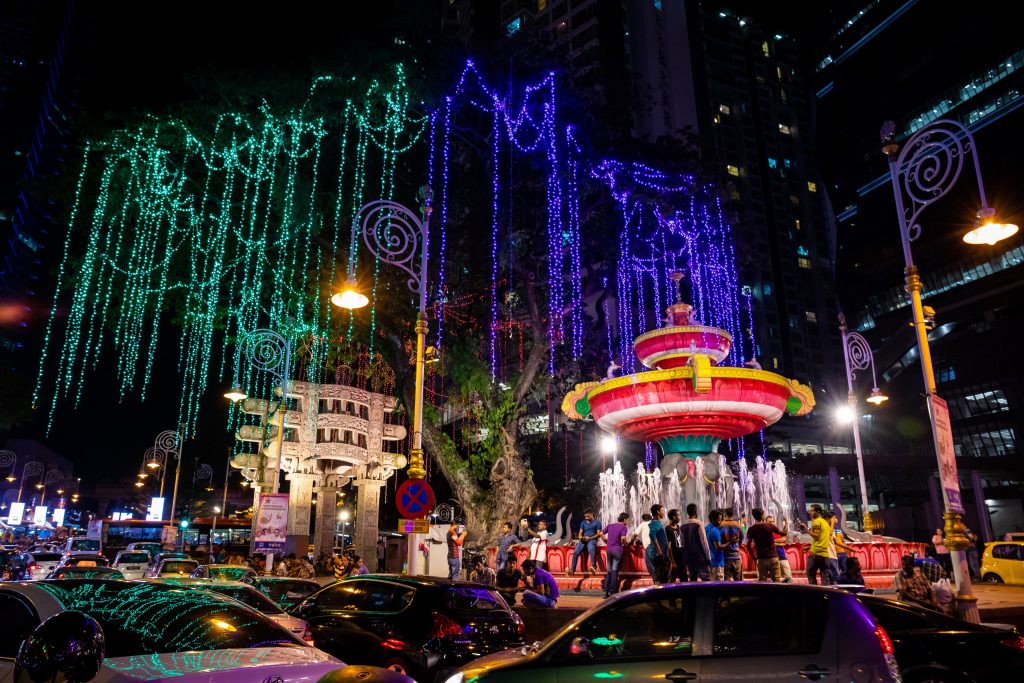
There is a more famous tale, however, that comes from the Hindu epic Ramayana. It tells of the story of another deity, Lord Rama, defeating the evil Rakshasa king, Ravana. The man-eating Ravana had kidnapped Sita, Rama’s wife, while the couple was living in exile in a forest. He took her with him to his kingdom, Lanka – what is believed now to be Sri Lanka. Rama assembles an army comprising Vanaras, a group of forest-dwelling people, led by his loyal devotee, Hanuman, the Monkey God. They go in pursuit of Ravana and Sita but are unable to cross the ocean to the island.
Rama is then advised by the sea god to build a bridge across the water. He enlists the help of the Vanaras, who build a causeway between the mainland to Lanka. According to the myth, huge boulders were cast onto the water, where they then floated and a bridge was formed. The bridge, known as Rama Setu or Rama’s bridge, was said to have been built in five days. Once completed, Rama and his army of Vanaras crossed the ocean to Lanka. Once there, a fierce battle ensued and Ravana was killed with his armies and Sita was saved.
As Rama, Sita and Hanuman returned to their home in Ayodhya, they were welcomed back by the villagers with rows of oil lamps, while the death of Ravana was celebrated with fireworks. Today, Rama’s Bridge is known as Adam’s Bridge and satellite pictures show what appears to be a man-made structure beneath the sea, lending credence to the myth.
Both stories are representative of the triumph of light over darkness and the belief that good will always win over evil.
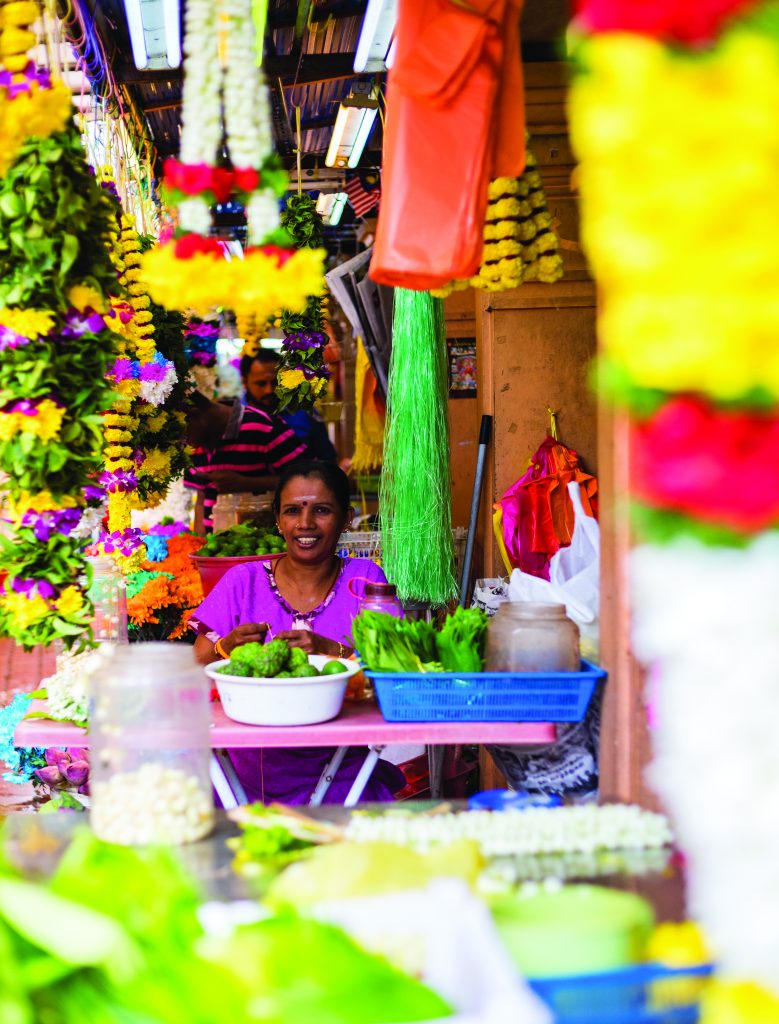
Diwali falls in the Hindu month of Kartika, usually a day before the new moon known as Amavasya. Based on the Gregorian calendar, the festival will fall between 16 October and 15 November every year. The excitement begins weeks earlier when families start preparing for the celebrations.
Much like other festivals, shopping plays an important part in the preparations, especially for new traditional attire such as sarees, Salwar Kameez, Lehenga and Ghagra Cholis for the ladies, and Veshtis, Kurtas and Sherwanis for the men. These days, it is not uncommon to see some opt for Western shirts and dresses. And let’s not forget jewellery. Diwali is the perfect time to adorn oneself with new jewellery, usually gold necklaces, earrings, bracelets and anklets, some embellished with precious stones.
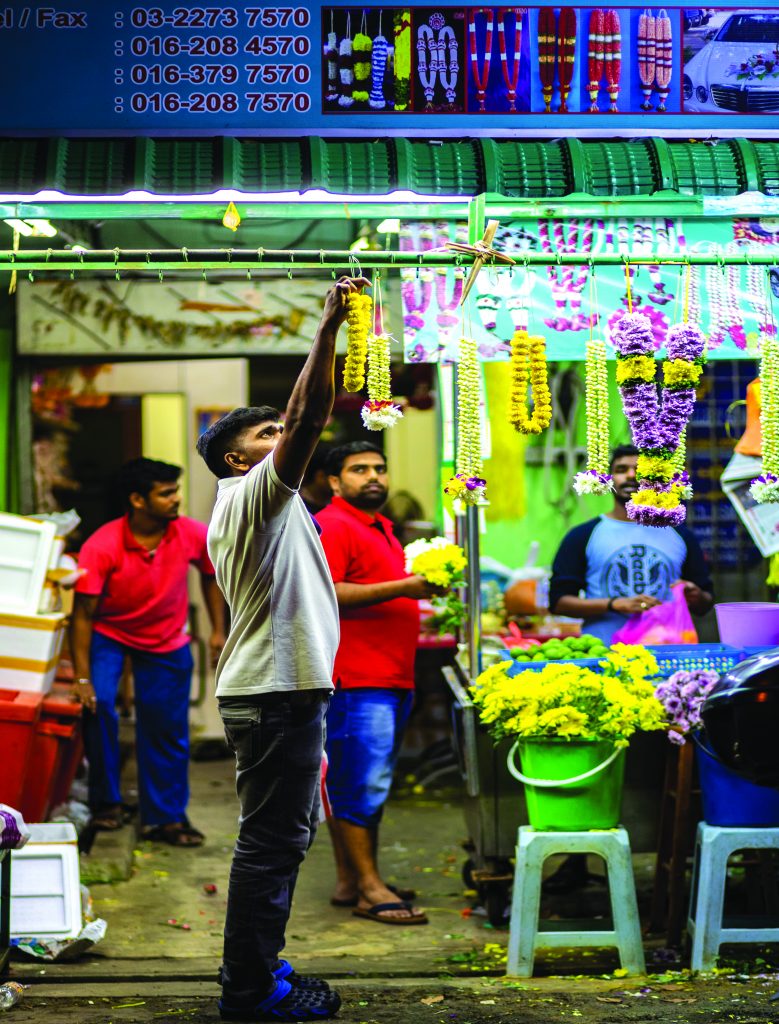
Aside from clothes, some families take the opportunity to spruce up their homes with new furnishings such as curtains, tablecloths and furniture, while new oil lamps are purchased to replace old ones or simply added on. Although oil lamps are still very much the norm, many homes use electrical light bulbs to decorate windows or doorways.
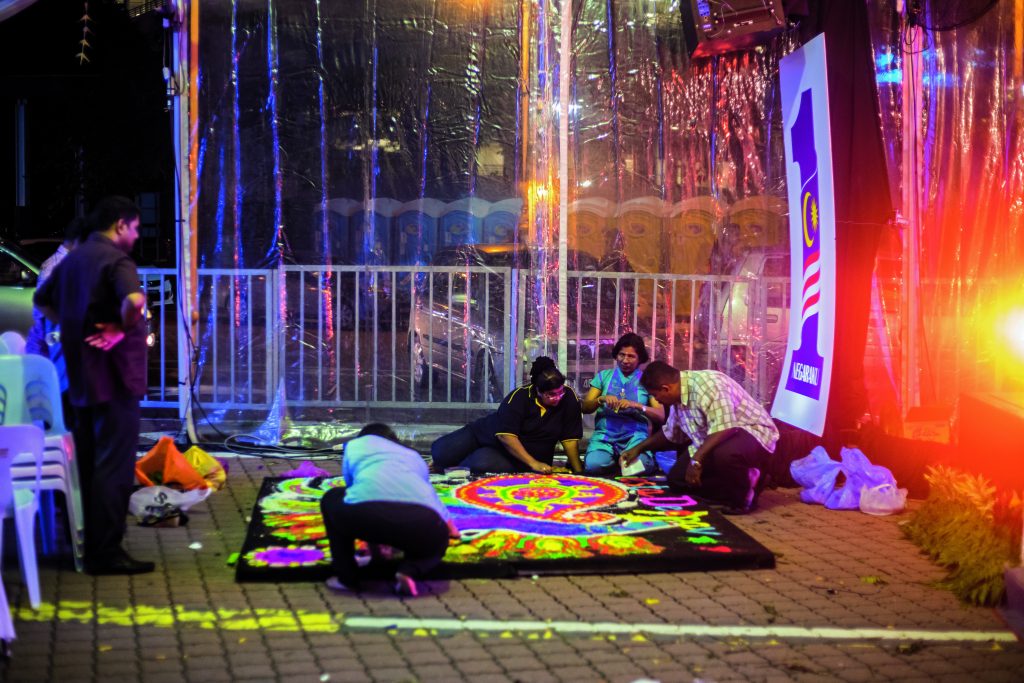
Days before the festival, homes are scrubbed down or given a fresh coat of paint as it is believed that the Goddess of Wealth, Lakshmi, will visit to shower a spick-and-span home with wealth and good fortune. It is also a cultural belief that homes must be clean and neat so guests feel welcomed. Many households nowadays have multi-coloured Rangoli or kolam, patterns created on the floor using coloured rice, dry flour, chalk and flower petals, at the entrance of homes or in the living room to attract prosperity and positive energy.
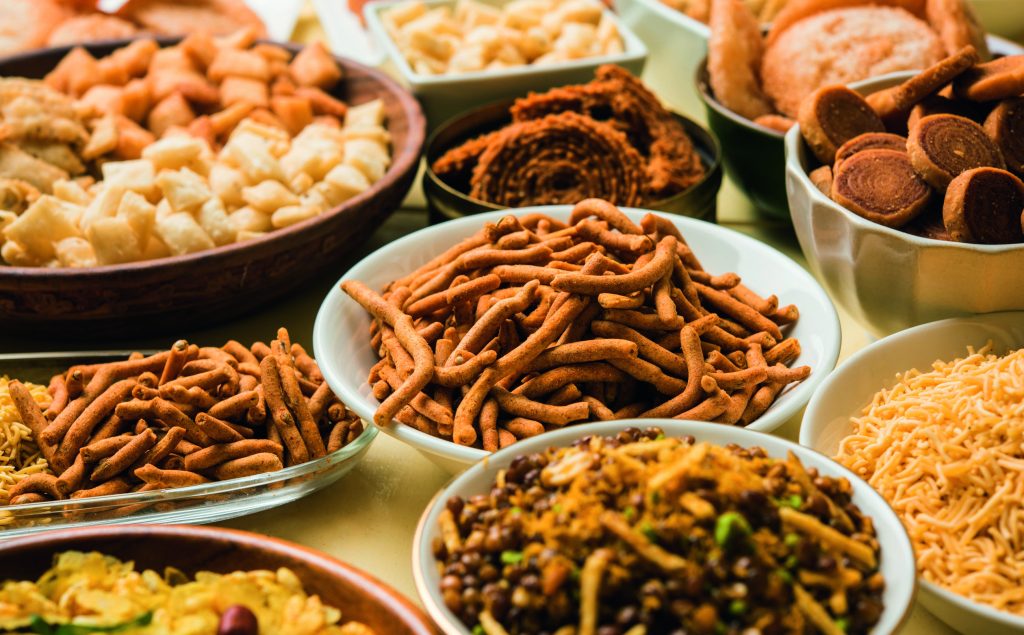
Food also plays an important part in the celebrations. Tables will be laden with varieties of curries, savoury snacks such as muruku, omapodi and ribbon pakora, and sweets such as coconut candy, jalebi, palkova and ladhu. Traditionally, sweetmeats are offered to deities when asking for blessings and as a form of thanksgiving before being shared with the family, while sweets are offered as gifts to family, friends and neighbours as a way of sharing good fortune.
Although the main festival is held on Diwali day itself, celebrations can extend for up to five days. Family gatherings are an essential part of Diwali, where often, siblings will meet in their patriarchal home for lunch or dinner. The unique Malaysian custom of holding ‘open houses’ still holds true, where theoretically anyone, even strangers, are welcome into the home to partake in the festivities.
With the passing of time, some traditions from other cultures in Malaysia have been adopted. One such tradition is the giving of money to younger family members. This has started being the norm in the last 15 years, the direct adoption of the Chinese tradition of giving ang pows or red packets during the Lunar New Year. With the country’s multiethnic society, the borrowing of each other’s traditions or cultures is what makes its people quintessentially Malaysian.
